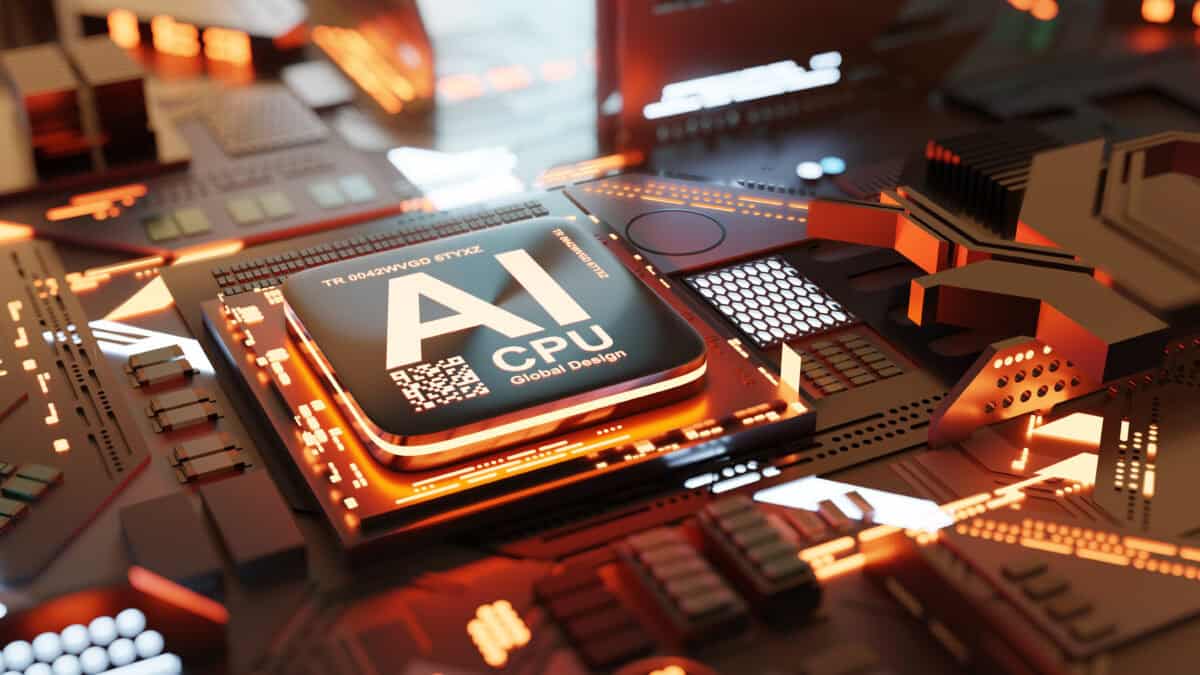Several big tech stocks, such as Nvidia, Meta Platforms, Alphabet, Amazon, and Microsoft, are investing heavily in artificial intelligence (AI). However, Advanced Micro Devices (NASDAQ:AMD) stock is one AI stock that is flying under the radar and positioned to deliver outsized gains to long-term investors.
AMD is a semiconductor giant and has already returned more than 3,000% to shareholders in the past decade. Despite these market-beating returns, the tech stock is down 58% from all-time highs, allowing you to buy the dip.
Let’s see how investing $7,000 in this AI stock could turbocharge your TFSA (Tax-Free Savings Account) with substantial growth potential by 2030.
Is the AI stock a good buy for your TFSA right now?
AMD is expanding its presence in the AI accelerator market after reporting US$5 billion in data centre GPU (graphics processing unit) sales last year. It has outlined a roadmap and launched products to compete directly with NVIDIA’s future Ruben architecture.
While programmable GPUs face challenges from custom ASIC (application-specific integrated circuit) solutions, AMD believes its approach offers long-term value. According to AMD, the rapidly evolving nature of AI models makes flexibility crucial. This allows customers to benefit from industry-wide software innovations over the depreciable life of its infrastructure.
The strategic acquisition of ZT Systems should expand AMD’s capabilities to design rack-level and cluster-level AI systems. The acquisition will enable customized solutions for hyperscale customers with varying data center requirements. This integration benefits the development of the MI400 platform (on track to launch in 2026), where AMD expects to narrow the competitive gap with NVIDIA significantly.
Beyond AI accelerators, AMD’s traditional businesses show resilience. Last year, the company gained five to six points of server market share despite a general slowdown in data centre CPU (central processing unit) refreshes. Its client computing segment demonstrated 58% year-over-year growth, driven by strong product performance across desktop and notebook platforms.
While the embedded business (primarily Xilinx FPGAs) continues to face inventory normalization challenges, AMD secured 14 billion in design wins during 2024, positioning the segment for future growth once market conditions improve.
Despite competing with NVIDIA’s substantial research and development budget, AMD is focused on disciplined investments and strategic acquisitions. Management highlighted AMD’s history of innovation under resource constraints and its focus on platform leverage across CPU, GPU, and software domains.
What’s next for the AI tech stock?
AMD forecasts the AI accelerator market opportunity at US$500 billion, targeting tens of billions in annual revenue as it continues executing its multi-generational roadmap.
Wall Street expects AMD to increase sales from US$25.8 billion in 2024 to US$55.63 billion in 2029. Its free cash flow is forecast to improve from just US$2.4 billion to US$17.5 billion in the next five years.
Analysts tracking AMD expect adjusted earnings to expand from US$5.42 per share in 2024 to US$17.91 per share in 2029. If the chip stock is priced at 30 times trailing earnings, it should trade around US$540 per share, indicating an upside potential of 500% from current levels.
The TFSA contribution room in 2025 is $7,000. So, an investment of $7,000 in AMD stock right now could balloon to more than $40,000 by 2030.

